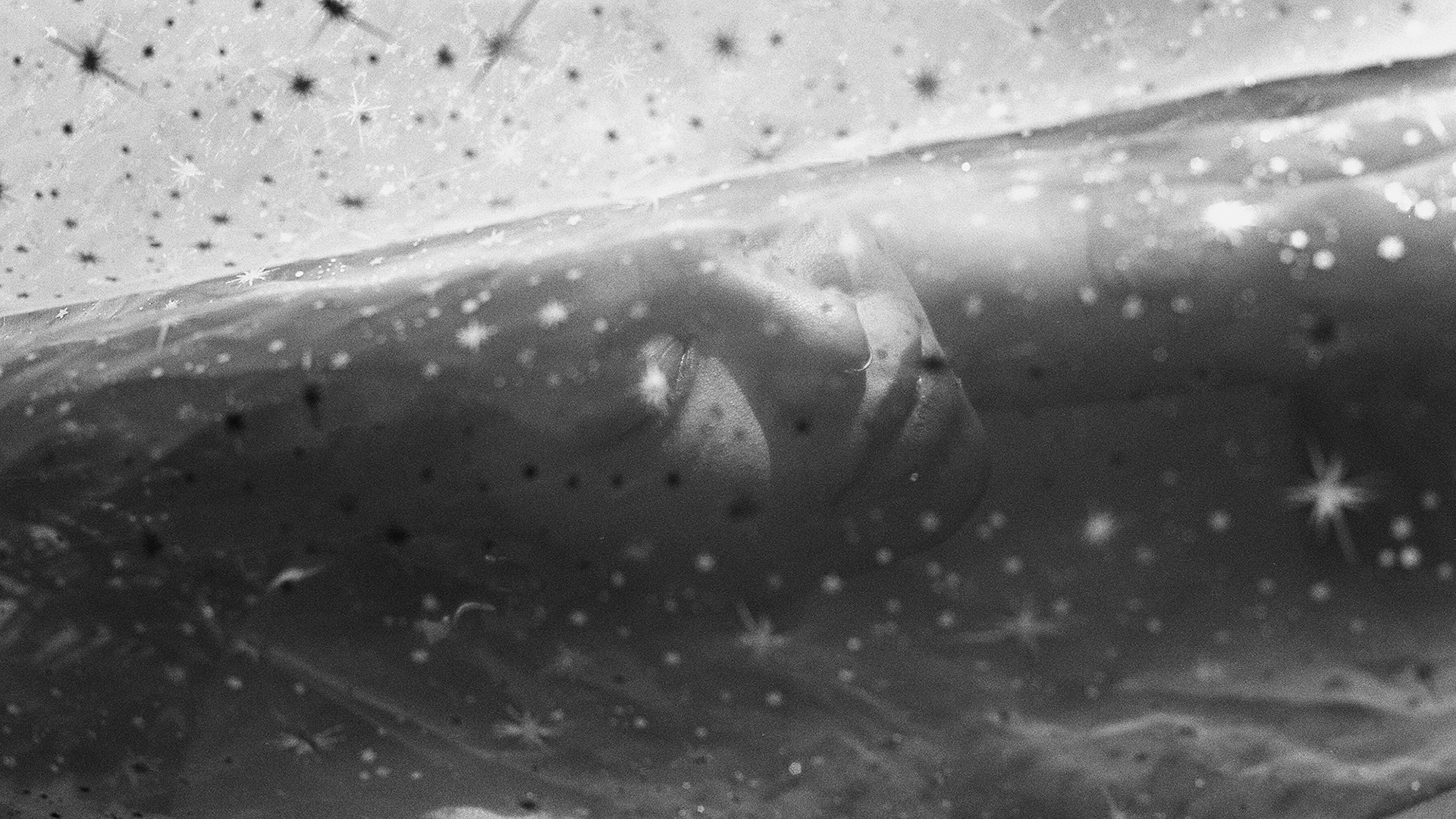Indian photographer Debmalya Roy Choudhuri’s series “Fragments of The Dying Man” exorcises the misfortunes of his existence and offers us an intimate and poetic photographic collection.

You’re getting blind.
Don’t miss the best of visual arts. Subscribe for $9 per month or $108 $90 per year.
Already suscribed ?
Read more: Eikoh Hosoe and His Secret Passageways



